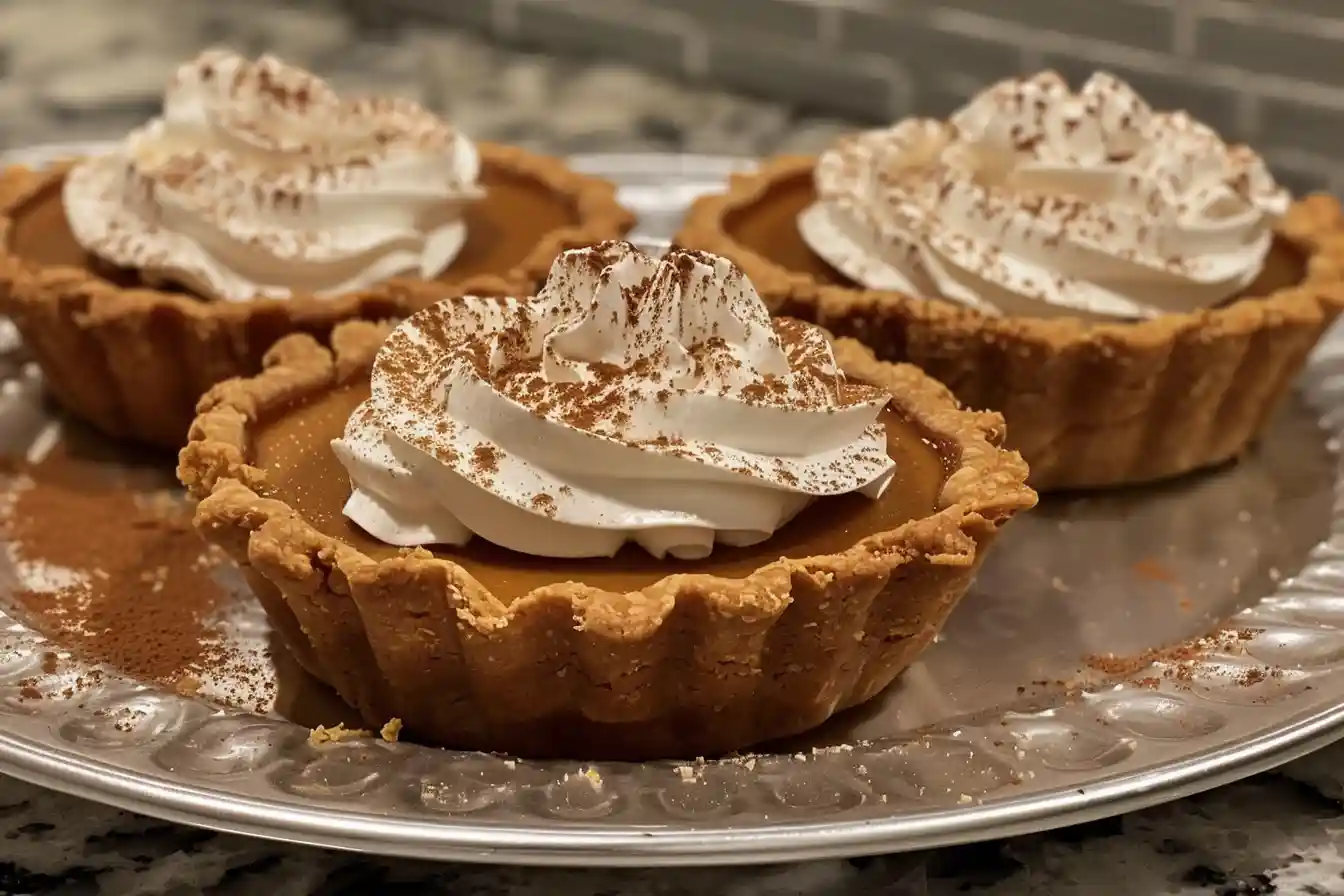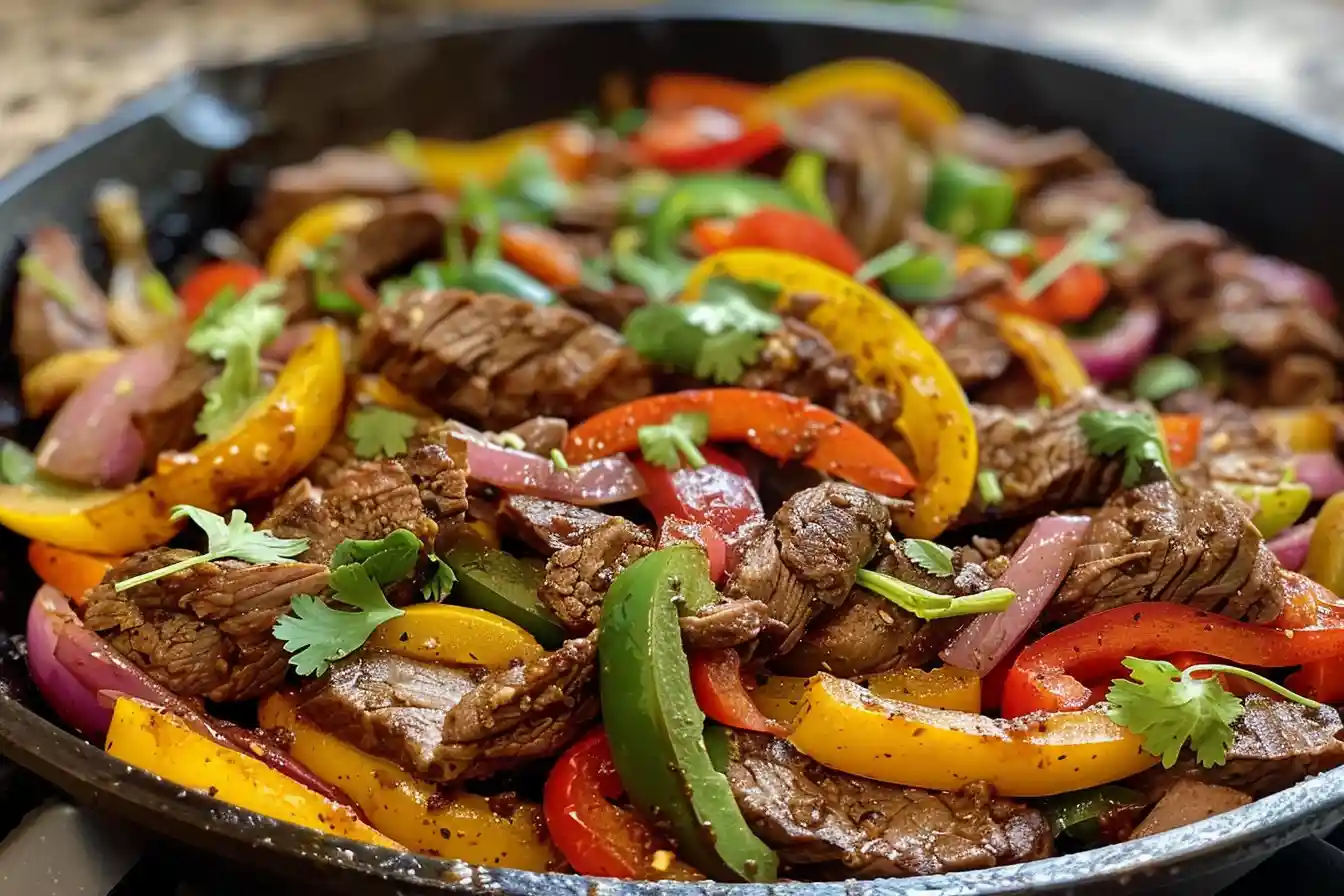If you’ve ever asked yourself, Why do my Nestle chocolate chip cookies go flat? you’re not alone. Many home bakers, even experienced ones, have faced this frustrating issue. You start with high hopes, mixing your ingredients with care, and then watch as your cookies spread out into thin, sad-looking discs instead of the soft, chewy, perfectly rounded treats you were expecting.
So, what gives? Let’s dive into the reasons behind this common baking woe and explore how to achieve that perfect cookie consistency.
Understanding the Science of Baking Cookies
Baking is both an art and a science. When it comes to making Nestle chocolate chip cookies, several factors play a critical role in determining their final texture and shape. Understanding these factors can help you troubleshoot why your cookies might be going flat.
The Role of Ingredients
The ingredients you use in your cookies are the foundation of the final product. Each ingredient has a specific role in creating the texture, flavor, and appearance of your cookies. If your Nestle chocolate chip cookies are going flat, the issue might lie with one or more of these components.
Butter: Butter is a key ingredient in chocolate chip cookies, providing flavor and moisture. However, the type and temperature of butter can significantly affect your cookies. If the butter is too soft or melted, it will cause the dough to spread out too quickly in the oven, resulting in flat cookies.
Sugar: Sugar also impacts the spread of cookies. Granulated sugar promotes spreading, while brown sugar adds moisture and creates a chewier texture. The ratio of these sugars can affect how your cookies turn out.
Flour: Flour gives structure to cookies. Using too little flour can lead to cookies spreading too much, while using too much can result in a dense, dry cookie. The type of flour, such as all-purpose or bread flour, can also influence the final texture.
Leavening agents: Baking soda and baking powder are common leavening agents used in cookies. Baking soda causes cookies to spread more, while baking powder can help cookies rise and become fluffy. An imbalance in these agents can cause your cookies to either puff up too much or spread out too thin.
Eggs: Eggs contribute to the structure and moisture of cookies. Too many eggs can make the dough too wet, causing it to spread excessively in the oven.
The Importance of Dough Temperature
The temperature of your cookie dough can also impact whether your Nestle chocolate chip cookies go flat. If your dough is too warm, the fat in the dough (usually butter) will start to melt before the cookies have a chance to set in the oven, leading to excessive spreading.
Chilling your cookie dough before baking is a common technique to prevent this. When the dough is chilled, the fat remains solid longer, allowing the cookies to maintain their shape better during baking. Additionally, chilled dough leads to thicker, chewier cookies, as it gives the flour more time to absorb the moisture, creating a better texture.
Baking Techniques and Tools
Sometimes, it’s not just the ingredients but the techniques and tools you use that can lead to flat cookies. Here are some common culprits:
Baking sheets: The type and condition of your baking sheet can influence how your cookies bake. Darker baking sheets absorb more heat, which can cause the bottoms of your cookies to spread more quickly. A well-used, warped baking sheet can cause uneven baking, leading to inconsistent results.
Oven temperature: If your oven is too hot, your cookies may spread too quickly before they have a chance to set. Conversely, if your oven is not hot enough, your cookies may not bake properly, leading to a flat and undercooked result. Using an oven thermometer can help you ensure your oven is at the correct temperature.
Baking time: Overbaking can cause cookies to become flat and crisp instead of soft and chewy. Underbaking, on the other hand, can result in cookies that are too soft and spread too much. Finding the right balance is key.

Common Reasons Why Nestle Chocolate Chip Cookies Go Flat
Now that we’ve covered the basic factors involved in baking cookies, let’s delve into specific reasons why your Nestle chocolate chip cookies might be going flat.
1. Using Melted or Too Soft Butter
One of the most common reasons for flat cookies is using butter that is too soft or melted. Butter should be at room temperature when you mix your dough—soft enough to cream with the sugar but not so soft that it turns into a liquid. If your butter is too warm, it will start melting as soon as it hits the oven, causing your cookies to spread excessively.
2. Insufficient Flour
If you don’t use enough flour in your cookie dough, the cookies won’t have the structure they need to hold their shape. Measuring flour accurately is crucial; too little flour can cause cookies to spread out and become flat. It’s always a good idea to spoon the flour into your measuring cup and level it off with a knife to ensure you’re using the correct amount.
3. Overmixing the Dough
When you mix cookie dough, you want to combine the ingredients just until they are incorporated. Overmixing can cause too much air to be incorporated into the dough, leading to cookies that rise and then collapse in the oven, resulting in a flat appearance.
4. Incorrect Oven Temperature
Baking at the wrong temperature is a common issue that can cause flat cookies. If your oven is too hot, the cookies will spread too quickly before they have a chance to set. If the oven is too cold, the cookies might not bake properly and could end up spreading out too much.
5. Not Chilling the Dough
Chilling your cookie dough before baking can make a big difference in how your cookies turn out. Cold dough spreads less in the oven, resulting in thicker, chewier cookies. If you skip this step, your cookies are more likely to spread out and become flat.
6. Old Baking Soda or Baking Powder
Leavening agents like baking soda and baking powder are essential for giving cookies their rise and fluffiness. If these ingredients are old or have lost their potency, your cookies might not rise properly, leading to a flat result. It’s a good idea to replace your baking soda and baking powder every six months to ensure they’re still effective.
7. High Humidity or Moisture in the Dough
Humidity can affect the texture of your cookie dough. If you live in a humid environment or if your flour has absorbed moisture, your dough might be too wet, causing the cookies to spread too much. You can counteract this by adding a bit more flour to the dough or by storing your flour in an airtight container.
How to Prevent Nestle Chocolate Chip Cookies from Going Flat
Now that we’ve identified some of the common reasons for flat cookies, let’s explore some practical tips to ensure your Nestle chocolate chip cookies turn out perfectly every time.
1. Use Properly Softened Butter
Make sure your butter is at the right temperature before you start mixing your dough. It should be soft enough to leave an impression when you press it with your finger but still firm enough to hold its shape. If your butter is too soft, try chilling it briefly in the refrigerator before using it.
2. Measure Ingredients Accurately
Accurate measurement of ingredients is crucial in baking. Use a kitchen scale for the best results, especially when measuring flour. If you’re using measuring cups, spoon the flour into the cup and level it off with a knife to avoid packing in too much flour.
3. Chill the Dough
Chilling your cookie dough for at least 30 minutes before baking can help prevent spreading. If you’re in a hurry, you can scoop the dough onto the baking sheet and then chill the entire sheet in the refrigerator for a few minutes before baking.
4. Check Your Oven Temperature
Invest in an oven thermometer to ensure your oven is at the correct temperature. Even a few degrees off can make a big difference in how your cookies turn out. If you notice your cookies consistently spreading too much, try lowering the oven temperature by 10-15 degrees Fahrenheit.
5. Use Fresh Leavening Agents
Make sure your baking soda and baking powder are fresh. If you’re unsure whether they’re still good, you can test them by adding a small amount to vinegar (for baking soda) or hot water (for baking powder). If they fizz vigorously, they’re still good to use.
6. Adjust for Humidity
If you’re baking in a humid environment, try adding a tablespoon or two of extra flour to your dough. This will help absorb some of the excess moisture and prevent your cookies from spreading too much.

Troubleshooting Flat Nestle Chocolate Chip Cookies
Even with all the precautions, sometimes things don’t go as planned. Here’s a quick troubleshooting guide to help you fix flat Nestle chocolate chip cookies after they come out of the oven.
1. Flattening Cookies Post-Baking
If your cookies have already spread out too much in the oven, you can try using a spatula to gently press the edges back toward the center while they’re still warm. This won’t make them thicker, but it can help them look a bit more uniform.
2. Adding More Flour
If your first batch comes out flat, try adding an extra tablespoon or two of flour to the remaining dough. This can help give the cookies more structure and prevent spreading in the next batch.
3. Re-Chilling the Dough
If your cookies are still spreading too much, pop the dough back in the refrigerator for another 10-15 minutes before baking the next batch. Cold dough is less likely to spread as much in the oven.
Enhancing the Flavor of Your Nestle Chocolate Chip Cookies
Beyond preventing flat cookies, there are also ways to enhance the flavor and texture of your Nestle chocolate chip cookies. Here are some tips to take your cookies to the next level:
1. Brown the Butter
Browning the butter before adding it to your dough can add a rich, nutty flavor to your cookies. Simply melt the butter in a saucepan over medium heat until it turns a golden brown color and has a nutty aroma. Let it cool slightly before mixing it with the sugar and other ingredients.
2. Add a Pinch of Sea Salt
Sprinkling a pinch of sea salt on top of your cookies before baking can enhance the flavors and add a delightful contrast to the sweetness of the chocolate chips.
3. Use High-Quality Chocolate
The quality of the chocolate you use can make a big difference in the flavor of your cookies. Opt for high-quality chocolate chips or even chop up a chocolate bar for larger, melty chocolate chunks in your cookies.
4. Experiment with Different Sugars
While the classic Nestle chocolate chip cookie recipe calls for a mix of granulated and brown sugar, you can experiment with different types of sugars to change the flavor and texture. For example, using more brown sugar can create a chewier cookie, while substituting some of the sugar with coconut sugar can add a subtle caramel flavor.
Storing and Freezing Nestle Chocolate Chip Cookies
Proper storage is key to keeping your Nestle chocolate chip cookies fresh and delicious for as long as possible. Here’s how to store them:
1. Storing Cookies
Store your baked cookies in an airtight container at room temperature. They should stay fresh for up to a week. If you want to keep them longer, you can freeze them.
2. Freezing Cookies
To freeze baked cookies, let them cool completely and then place them in a single layer on a baking sheet. Once they’re frozen, transfer them to a freezer-safe bag or container. Frozen cookies can last up to three months. To enjoy, simply thaw them at room temperature or warm them in the oven for a few minutes.
3. Freezing Cookie Dough
You can also freeze cookie dough for later use. Scoop the dough into balls and place them on a baking sheet. Freeze the dough balls until solid, then transfer them to a freezer-safe bag. When you’re ready to bake, place the frozen dough balls directly on the baking sheet and bake for a minute or two longer than the original recipe calls for.
The History of Nestle Chocolate Chip Cookies
No discussion of Nestle chocolate chip cookies would be complete without touching on their rich history. The chocolate chip cookie was invented by Ruth Wakefield in the 1930s at the Toll House Inn in Whitman, Massachusetts. She created the cookies by accident when she added chopped-up pieces of a Nestle chocolate bar to her cookie dough, expecting them to melt and create chocolate cookies. Instead, the pieces held their shape, and the chocolate chip cookie was born.
Nestle bought the rights to her recipe and began printing it on the back of their chocolate chip packages, making the Toll House cookie recipe famous. Today, it remains one of the most popular cookie recipes in the world, with countless variations and adaptations.
The Cultural Impact of Nestle Chocolate Chip Cookies
Nestle chocolate chip cookies have become more than just a recipe; they are a cultural icon. From being a favorite treat for children to being the star of bake sales and family gatherings, these cookies hold a special place in American culture.
The aroma of freshly baked Nestle chocolate chip cookies is synonymous with comfort and warmth, often evoking fond memories of childhood and home. The cookies are also a symbol of generosity and hospitality, often baked and shared with neighbors, friends, and family.
Chocolate Chip Cookies in Popular Media
Chocolate chip cookies have also made their mark in popular media. They are often featured in movies, TV shows, and advertisements as the quintessential homemade treat. Whether it’s a character baking cookies to impress someone or a commercial highlighting the joy of dunking a warm cookie into a glass of milk, Nestle chocolate chip cookies have become a beloved part of popular culture.
Variations Around the World
While the classic Nestle chocolate chip cookie recipe is well-known in the United States, variations of the chocolate chip cookie can be found around the world. In Europe, for example, you might find cookies that use different types of chocolate or incorporate nuts and dried fruits. In Australia, “Anzac biscuits,” a popular cookie similar to chocolate chip cookies, are made with oats, coconut, and golden syrup.
Baking the perfect Nestle chocolate chip cookies can sometimes feel like a challenge, especially when they turn out flat. However, by understanding the science behind the ingredients, paying attention to dough temperature, and using proper baking techniques, you can avoid flat cookies and achieve that perfect, soft, chewy texture every time.
Remember, baking is both an art and a science, and sometimes it takes a bit of experimentation to get things just right. Don’t be afraid to make adjustments and try different methods until you find what works best for you. Whether you’re a seasoned baker or a beginner, there’s nothing quite like the satisfaction of pulling a tray of perfectly baked Nestle chocolate chip cookies out of the oven.
So, the next time you find yourself asking, Why do my Nestle chocolate chip cookies go flat? you’ll know exactly what to do to fix the problem and enjoy a delicious, perfectly baked treat.





